Ripon Cathedral to mark centenary of war poet Wilfred Owen’s last birthday with readings and a pilgrimage trail
Some of the finest poems written by the war poet Wilfred Owen are to be recited in Ripon Cathedral exactly 100 years since he spent his twenty fifth and last birthday there.
They will be the focus of an evening service of poetry and music on Passion Sunday, March 18, which will be followed by the launch of a pilgrimage trail around the cathedral based on his life and poems.
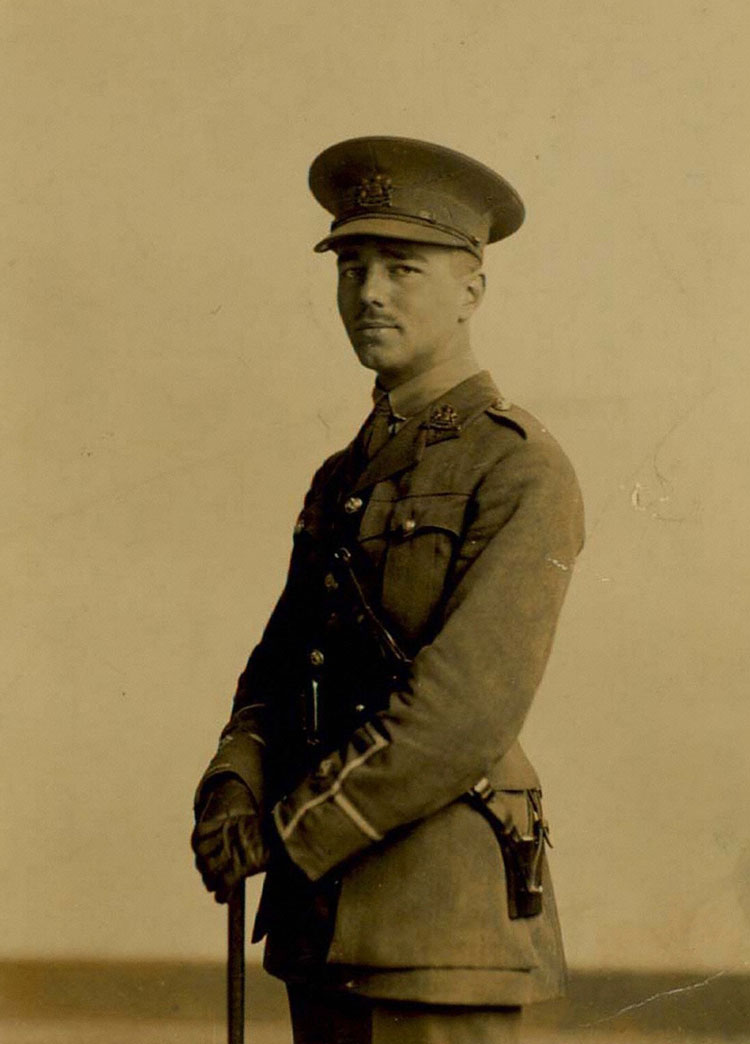
The trail includes the Chapel of Justice and Peace where words from his ‘pity of war’ preface to a book of poems he was intending to publish are carved in a stone tablet.
Four of his poems, all written in Ripon, will be recited from memory by Sam Gray, vice chairman of the Wilfred Owen Association, during evensong. The association’s secretary, Yvonne Morris, will read from letters written to his mother. There will be more poems and letters during the pilgrimage.
He records in a letter to his mother how he spent time sitting quietly in the cathedral on the afternoon of his birthday less than a week after being posted to an army camp in the city to regain his fitness after he had been sent back to England suffering from shell shock.
Second Lieutenant Owen lived in the camp where he did military training and exercises but during the late afternoon and early evening he had time to himself. He enjoyed visiting Fountains Abbey, visiting the Roman remains at Aldborough and swimming in the Ure but most of all he wanted to write poetry.
The camp was too noisy so he looked for somewhere quiet to concentrate on his writing. He was interested in the tower on Howe Hill, an eighteenth century folly on the site of a medieval building overlooking Fountains, but eventually settled on a cottage in Borrage Lane in Ripon. He was given the use of a front bedroom but he found the noise through the window of children playing soldiers too distracting. He was then given the use of an attic which was much quieter. He records writing while sitting cosily making tea with his kettle on the fire in the attic.
He could have stayed on home duty indefinitely after regaining his fitness but chose to return to the front line much against the advice of his friend and fellow war poet Siegfried Sassoon who said he would “stab him in the leg” if he went back.
His mother wrote later – “Oh, how he hated war and all its horrors but he felt he must go out and share it with his boys. His nature never changed.”
Back in France, he led units of the 2nd Manchester Regiment in storming enemy lines at Joncourt when he took over after his commander was injured, resisting a heavy counter attack and behaving, it is recorded, “most gallantly”.
On November 4 he was killed leading a unit over the Sambre-Oise Canal and awarded the Military Cross for his gallantry at Joncourt and promoted to Lieutenant shortly afterwards. The telegram announcing his death was given to his mother as the church bells were ringing to mark the end of the war a week later on Armistice Day.
The Very Rev John Dobson, Dean of Ripon, said: “We are proud to mark the cathedral’s connection with Wilfred Owen 100 years to the day that he spent time here on his last birthday and, given the sombre nature of his work, it is very fitting that we should be doing this on Passion Sunday as we prepare for Holy Week.”
Sam Gray commented: “The Wilfred Owen Association is delighted to have been asked to participate in evensong and the launch of the pilgrimage. We have recited his poems and letters at other places and Ripon is the final stop in my centenary tribute to recite all his poems in the places they were written. I have visited the cottage in Borrage Lane and have erected a blue plaque to record that he wrote there.”
The cottage is owned by Loretta Williams, a member of the cathedral community, who discovered the fireplace in the attic after it had been covered over for several years. It has now been moved to the sitting room. The cottage also has another potential link to Wilfred Owen, a stone ink bottle found under the floorboards in the attic!
Everyone is welcome at the evening service which begins at 3.30pm. It will be followed by tea, when a priest’s portable altar from the First World War brought by Mr Gray and owned by his father, will be on display. Mr Gray’s father was a priest who trained in Ripon and served in France at the same time as Wilfrid Owen.
This will be followed by the launch of the pilgrimage trail.
Wilfred Owen fact file
He was born in Oswestry on March 18 1893, the eldest of four children.
The family moved to Shrewsbury when he was three from a large house which had to be sold to pay debts incurred by his grandfather’s timber business.
He was brought up an Anglican and was a devout believer until he had a severe spiritual crisis in 1913.
In a dramatic change of direction he taught English in France and became a tutor to several wealthy families.
He enlisted in the Army in October 1915 initially in the Artists Rifles. In June 1916 he became a Second Lieutenant in the Manchester Regiment.
In late 1916 he left for active service in France. Long periods under fire and concussion caused by a fall into a disused village house cellar took their toll on his mental health. He was blown into the air by a shell and lay outside for several days next to the dismembered body of a fellow officer.
He was sent to Craiglockart Hospital in Edinburgh to recover from shell shock where he met Siegfried Sassoon who became his mentor and introduced him to London poets including Robert Graves.
He had his first poem, Miners, published in early 1918 and favourable reaction to it encouraged him to write more. Much of his best work was written in Ripon between March and June 1918.
While in Ripon, he described it a “village-city” which he thought “quite pleasant though not beautiful”.
The River Skell, which runs by the cottage in Borrage Lane he described as “a happy little stream” with “fine views of the cathedral’s towers.”
Ripon Cathedral has a booklet, the Pity of War, for anyone interested in following the Wilfred Owen pilgrimage trail around the building. It is the third trail to be developed by the cathedral for adults. There are new ones planned for children later this year.

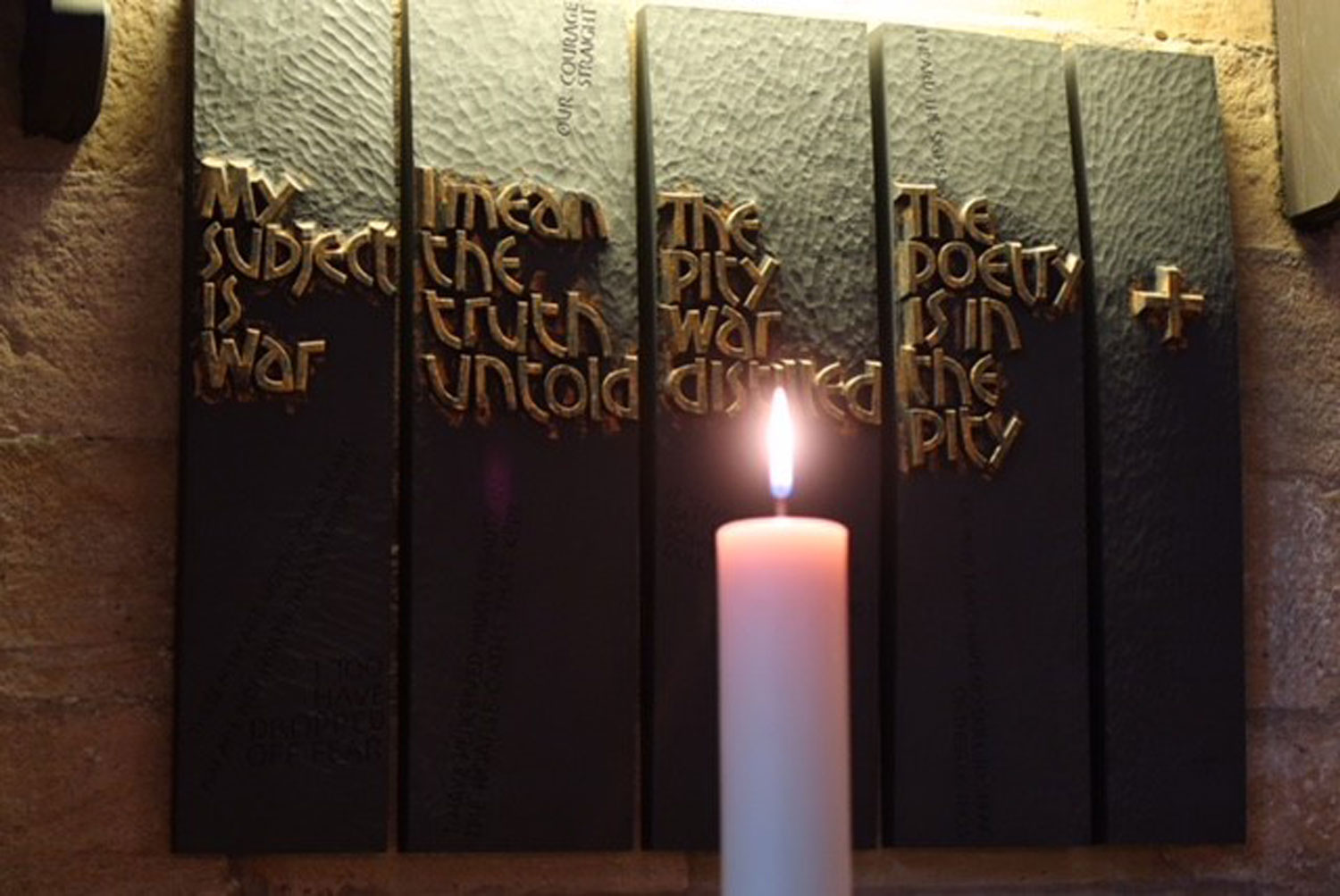
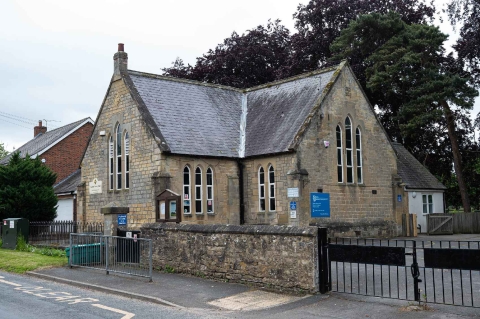
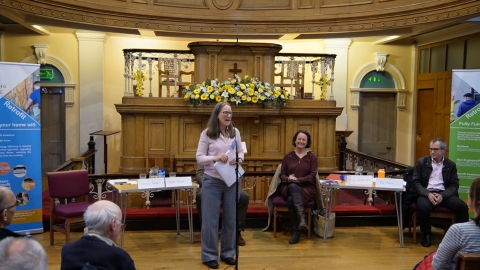

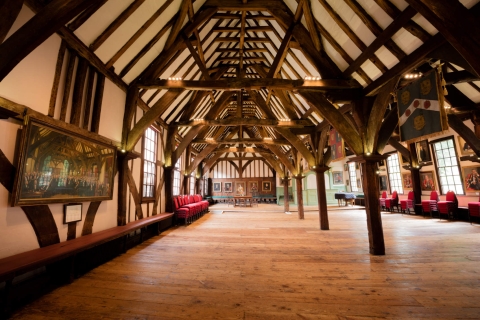

[…] only made it to his 25th birthday, which was celebrated in Ripon. Five years’ ago the cathedral commemorated his birthday with poetry readings. Such a tragic […]
[…] chapel is dedicated to the young poet, Wilfred Owen, who visited this church a week before his […]